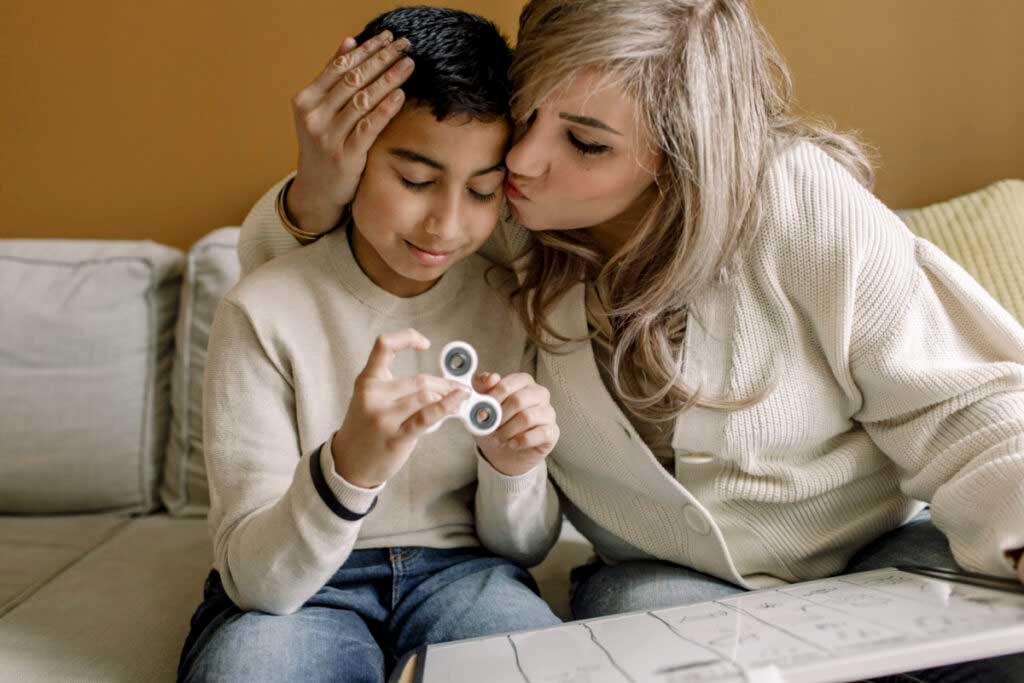Emily,
I wanted to ask if you could write a book about food and specifically getting children to eat a balanced diet. Is there evidence of what age you should expect them to do this? What works without damaging their relationship to food? I’ve read a lot about this but the “stronger” measures (eat this or you get nothing else) seem to be criticized as creating problematic long-term relationships with food while “softer” measures (keep offering broccoli) don’t seem to work with stubborn toddlers like mine!
Thanks!
I just wrote another book! I’m tired! And, actually, The Family Firm has a chapter on nutrition and food for older kids. For littler kids, though, I talk about this some in Cribsheet. You are spot on in your read of the research. “Coercive” measures do not work very well and can backfire. In general, data on this (which relies mostly on videos of families during meals) shows that kids do better with prompts like “You might like prunes; they’re like big raisins!” than prompts like “If you don’t eat your prunes, no iPad time”. When I think about this I’m always reminded of my friends who told their son that tofu was “sushi cheese” to get him to eat it.
This advice seems basically right to me, and well intentioned, but also hard to follow since in the moment it doesn’t always work as well. If you tell your kid if they eat a tomato they will get an ice cream, that basically works in the short term even if it causes them to have some kind of tomato neurosis later. I myself definitely fall victim to the coercive prompting, especially when faced with the one of my children who doesn’t love veggies.
So let me give you three pieces of advice.
First: There is some literature showing that if you introduce veggies with dips, kids eat more of them and turn out to like them more. It’s a way in to get them to try them. So, veggies plus ranch dressing, or peanut butter, might be worth considering.
Second: Generally, people eat more of the first thing you offer them. Like, if I am starving I might even eat papaya (although probably not). Which means that if you offer your kid veggies first, you might get more consumption. As in: maybe you offer veggies a half hour before dinner, when they are so hungry and cranky they would eat their arm or possibly a baby carrot.
Or maybe not! Some toddlers are very stubborn and will just eat their own arm while they wait for pasta. Which brings me to my third piece of advice.
Three: Try not to think too much about this. People worry a lot that their kids are not eating enough or are vitamin deficient, etc, etc. I talk about this some in Cribsheet but the upshot is that most of this fear is misplaced. Unless your child eats an extremely restrictive diet they probably are fine on vitamins. You can keep offering them veggies and eventually they are likely to eat more of them (pickiness in foods does tend to wane as kids age) but it’s probably not something worth obsessing over.


















Log in